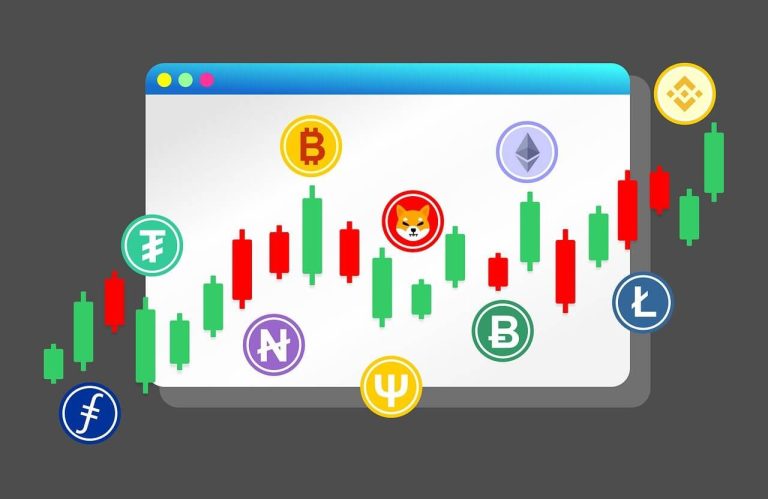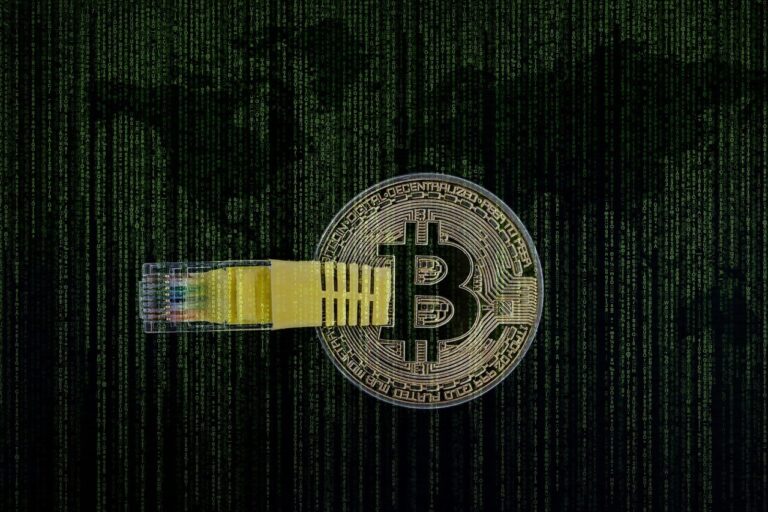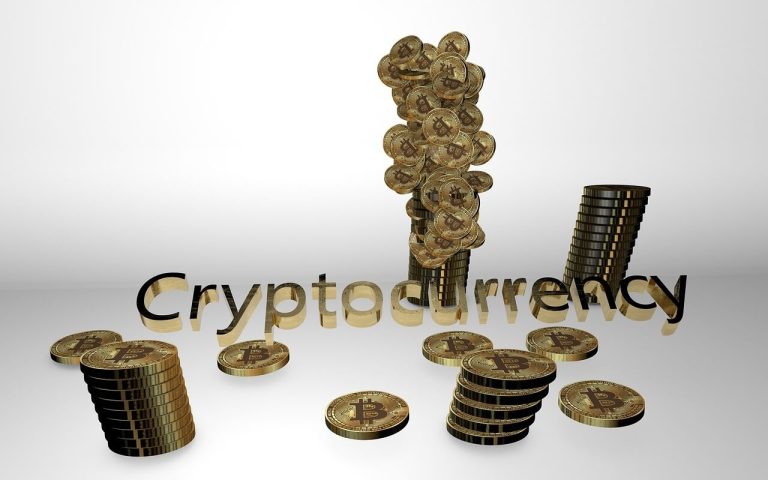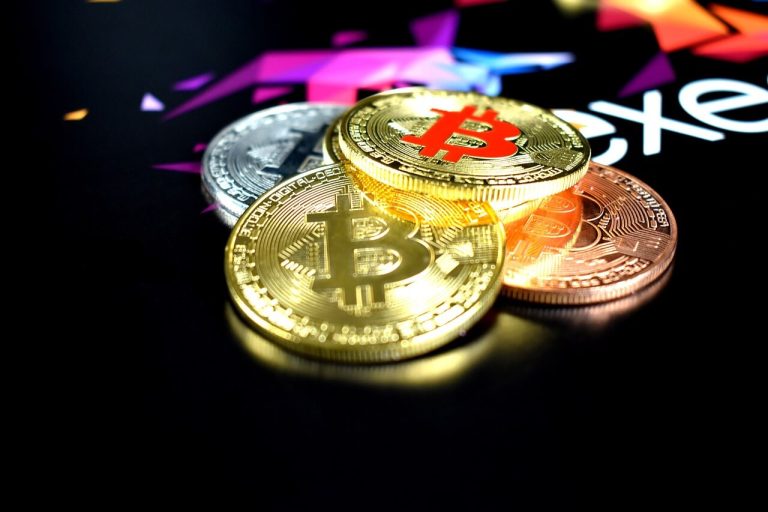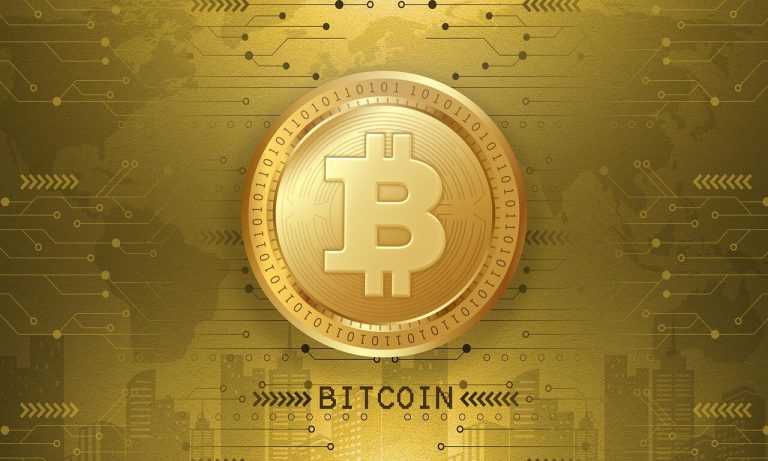How to Buy Altcoins and Also Sell [Step By Step Guide]
Learn how to buy altcoins and also sell with this step-by-step guide. Discover trusted platforms, secure storage options, and tips to manage risks in crypto trading.
Altcoins are widely available on cryptocurrency exchanges and you can easily buy them using fiat money. These digital tokens offer exciting opportunities for trading and potential profits. Yet, with so many options on the market, choosing the right altcoin to buy can feel overwhelming.
How to Buy Altcoins
To buy altcoins is straightforward, but it’s important to follow the right steps to make the process smooth and secure. Here’s a simple guide:
1. Pick the Right Altcoin
Start by deciding which coin to buy. Beginners may find it easier to go with popular options like Ethereum or Dogecoin. If you’re more experienced, smaller projects with growth potential might be worth exploring. Always research a coin’s purpose and track record before making a decision.
2. Select a Crypto Exchange
Exchanges are platforms where you can buy altcoins and also sell them. Popular exchanges like Binance and Coinbase offer most major coins. Smaller, newer altcoins might require searching for specialized platforms that list them. Compare fees, features, and security before choosing an exchange.
3. Create an Account
Sign up on the exchange you choose by providing personal details and verifying your identity. Most platforms require an email address, phone number, and valid ID. Account setup usually takes just a few minutes.
4. Add Funds
You can deposit money into your account through bank transfer, debit/credit card, or even another cryptocurrency. Fees vary, with bank transfers often cheaper than card payments. If the exchange only accepts crypto deposits, you may need to buy Bitcoin or Ethereum first and transfer it to your account.
5. Buy Altcoins
Search for the coin using its ticker symbol (e.g., ETH for Ethereum). Most exchanges offer two buying options:
- Market Order: Buy at the current price.
- Limit Order: Set your price, and the exchange buys when the market reaches that level.
Once the purchase is complete, the coins appear in your account under the wallet section.
6. Store Your Coins Safely
Keeping coins on an exchange is convenient, but it carries some risk if the platform gets hacked. To protect your assets, consider transferring them to a crypto wallet. These wallets act like digital vaults and provide extra security with passwords or PIN codes.
READ ALSO: How to Spot Promising Altcoins Early [Secrets Experts Don’t Want You To Know]
READ ALSO: How to Buy Bitcoin and Other Cryptocurrencies [Scam Free Tips]
READ ALSO: Top Predictions for the Crypto Market in 2025 [Recommended By Experts]
READ ALSO: Crypto Wallet: How to Recover Lost Wallets [Hidden Secrets]
How to Sell Altcoins
1. Log In to Your Exchange Account
Start by signing in to the cryptocurrency exchange where your altcoins are stored. Use your email and password, and complete any security checks, such as two-factor authentication (2FA), if enabled.
2. Select the Altcoin You Want to Sell
Once logged in, go to the wallet or portfolio section of your account. This area shows all the cryptocurrencies you own. Find the specific altcoin you want to sell and click on it to proceed.
3. Pick a Trading Pair
Next, decide how you want to sell the altcoin. Exchanges allow trading pairs, which means you can exchange your altcoin for another cryptocurrency or fiat currency.
For example:
- Altcoin to Fiat: Sell TIA for USD, EUR, or GBP.
- Altcoin to Crypto: Trade TIA for Bitcoin (BTC) or Ethereum (ETH).
Choose the pair that align with your needs.
4. Set Up Your Sell Order
After selecting a trading pair, it’s time to place a sell order. Most exchanges provide two main options:
- Market Order: This option sells your altcoin immediately at the current market price. It’s fast but doesn’t let you control the selling price.
- Limit Order: This option lets you set a specific price. The exchange will only sell your coins when the market price matches your set price. It may take longer but gives you more control over the sale.
5. Confirm and Execute the Sale
Double-check the details before confirming the sale. Make sure the amount, price, and trading pair are correct. Once you confirm, the exchange processes the order, and your altcoins are sold.
For market orders, the sale is usually instant. Limit orders may take more time, depending on price movements.
6. Withdraw Your Funds
After selling, the proceeds appear in your exchange wallet. You can leave the funds there for future trades or withdraw them.
- For Fiat: Transfer the money to your bank account. This step may take a few hours or days, depending on the exchange.
- For Crypto: Send the funds to another wallet for added security or future trades.
Where to Buy Altcoins
Altcoins can be bought in several ways. You can buy altcoins via cryptocurrency exchanges, CFD brokers, P2P marketplaces, or even trade in person.
1. CFD Brokers
CFD brokers act as middlemen between you and the crypto market. They make trading simple by offering platforms where you can buy and sell altcoins without dealing with complex processes.
The broker handles transactions, and you focus on managing your trades. This method is great for beginners looking for a guided experience.
2. Cryptocurrency Exchanges
Crypto exchanges are platforms that let you trade altcoins directly. Most of them come with tools for tracking prices, analyzing trends, and managing your investments.
However, not every exchange supports all altcoins, so you’ll need to check their listings first. Popular exchanges include:
- Crypto.com – Offers crypto-back rewards and a variety of features.
- KuCoin – Supports smaller tokens and staking options for passive income.
- Binance – Known for high liquidity, a large selection of altcoins, and trading tools.
Exchanges are the best option for traders looking to explore different altcoins and trading strategies.
3. P2P Marketplaces
Peer-to-peer (P2P) marketplaces bring buyers and sellers together directly. Instead of going through a company, you negotiate deals with other users.
This method gives more flexibility and may offer better prices. Make sure you have a wallet that supports the coin you want to buy before making a deal.
4. In-Person Trading
In-person trading lets you meet someone face-to-face to exchange altcoins. Both parties need compatible wallets to complete the transaction.
While this approach avoids online risks, it requires extra caution. Always meet in safe, public places and double-check transactions before confirming.
Risks of Buying Altcoins
1. Price Fluctuations
Altcoins often experience wild price swings. While Bitcoin is known for being volatile, altcoins can move even faster. It’s not uncommon for some coins to lose 20% or more of their value within a single day.
These sharp movements can lead to big losses if the market takes a sudden dip. To reduce risk, consider spreading your investments across multiple coins instead of putting all your money into one. This approach helps cushion losses if one coin performs poorly.
2. Security Risks
Not all altcoins are built with strong security measures. Many smaller or newer projects might lack proper audits, making them more vulnerable to hacks and scams.
Before investing, check whether the project has undergone independent audits. Companies like SolidProof and Coinsult review smart contracts to ensure they’re safe. Sticking to well-known, audited coins lowers your chances of falling victim to fraud.
3. Rising Competition
New altcoins are launched almost every day, creating tough competition. A newer coin might offer better features and attract users away from older projects.
For example, if you own a coin that launched years ago, newer projects could outshine it by using advanced technology. As a result, the older coin may lose value as users switch to more modern options.
4. Regulatory Uncertainty
The crypto market still faces unclear rules and regulations in many countries. Governments can introduce new laws at any time, impacting how altcoins are traded or taxed.
Unexpected regulatory changes could lead to sharp price drops or even delisting of certain coins from exchanges. Staying informed about legal updates in the crypto world can help you avoid surprises.
Conclusion:
How to buy altcoins and also sell is a straightforward process which requires careful planning and smart decisions. Selecting the right coin and every step plays a role in protecting your investment. Staying aware of risks involved can also help you minimize losses and maximize returns. With the right strategies, altcoins can offer exciting opportunities for growth in the evolving crypto market.

![How to buy Altcoins and Also Sell [Step By Step Guide]](https://finance360.ng/wp-content/uploads/2024/12/ethereum-6874608_1280.jpg)
